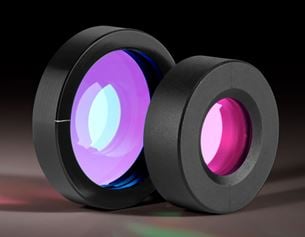 Achromatic Waveplates
Achromatic Waveplates
- Efficient Transmission Across a Broad Range of Wavelengths in a Compact Format
 Achromatic Waveplates
Achromatic Waveplates
or view regional numbers
QUOTE TOOL
enter stock numbers to begin
Copyright 2024, Edmund Optics Singapore Pte. Ltd, 18 Woodlands Loop #04-00, Singapore 738100
California Consumer Privacy Acts (CCPA): Do Not Sell or Share My Personal Information
California Transparency in Supply Chains Act
The FUTURE Depends On Optics®